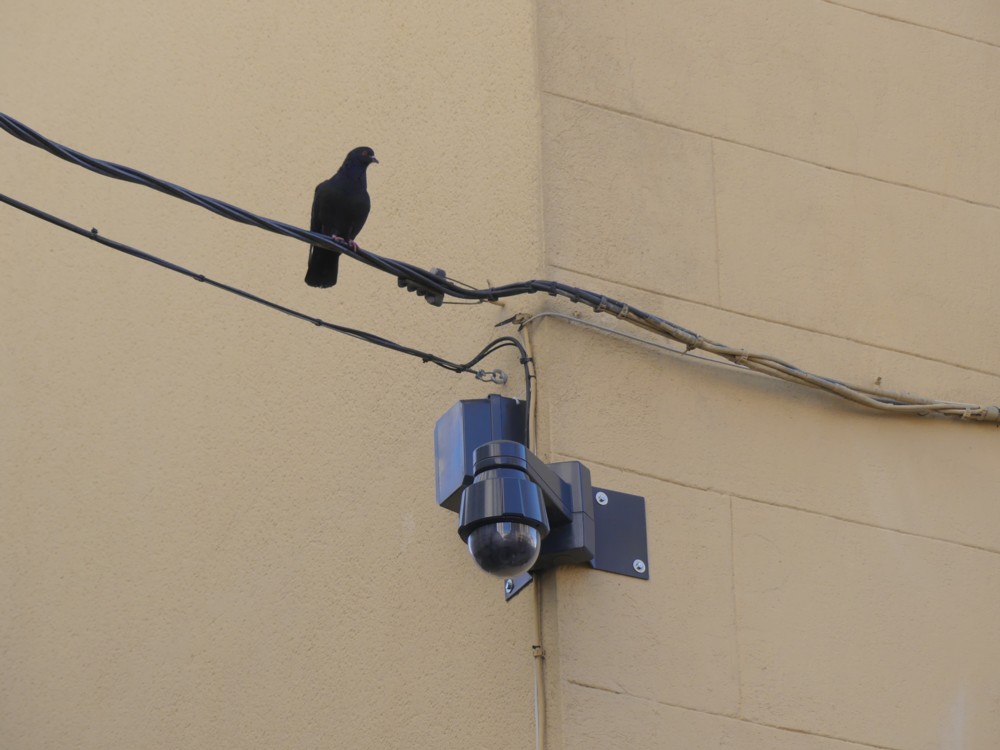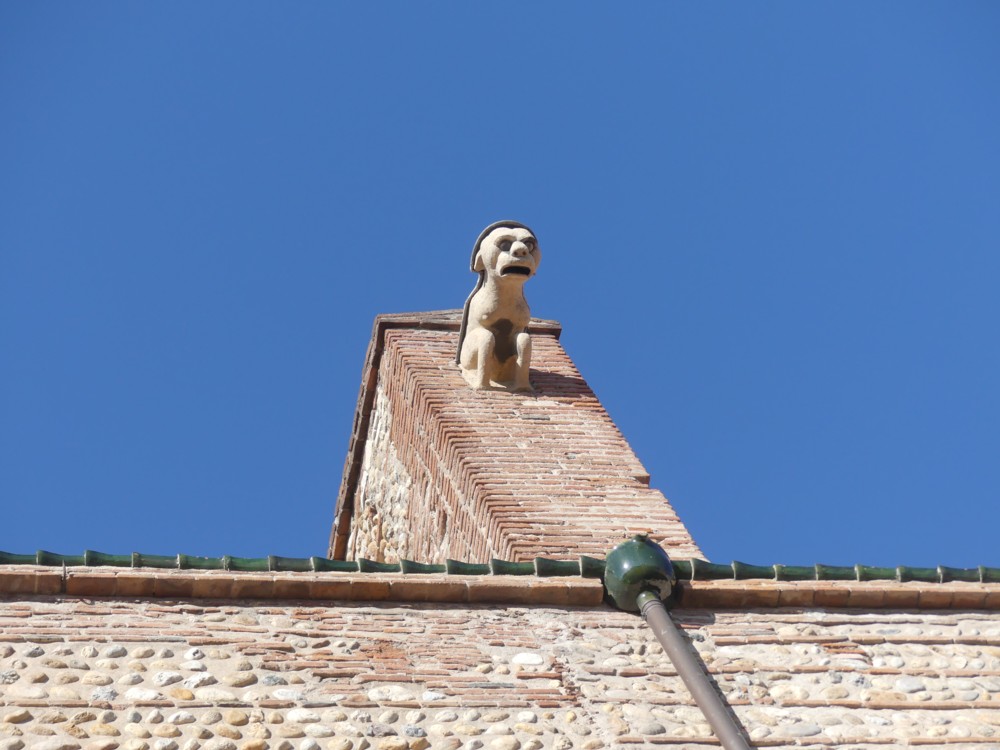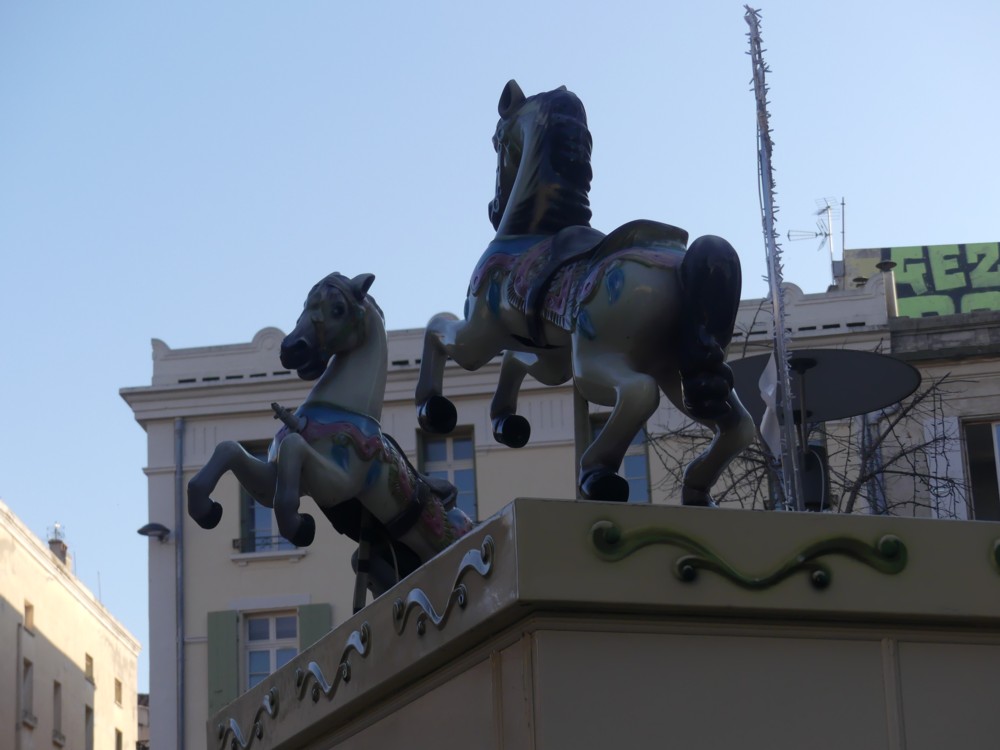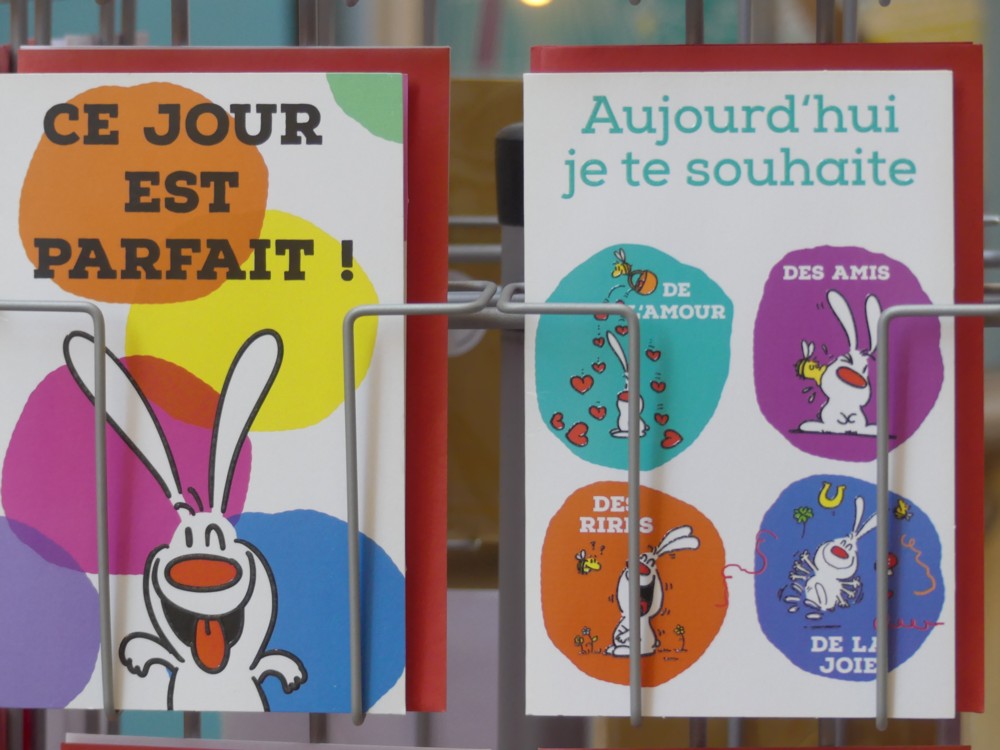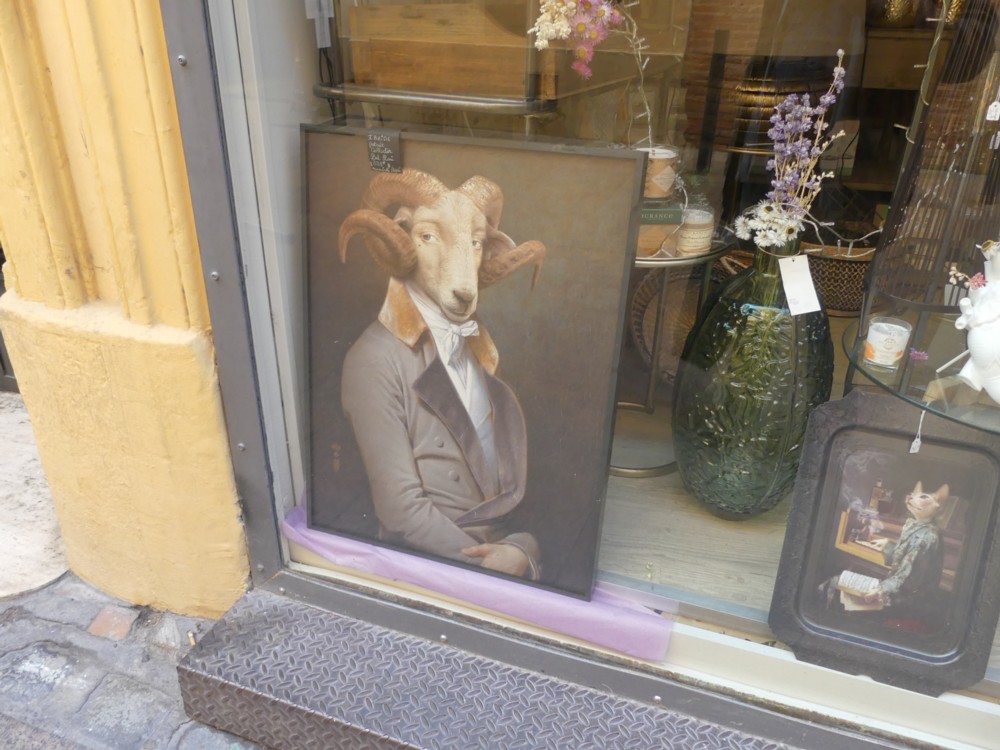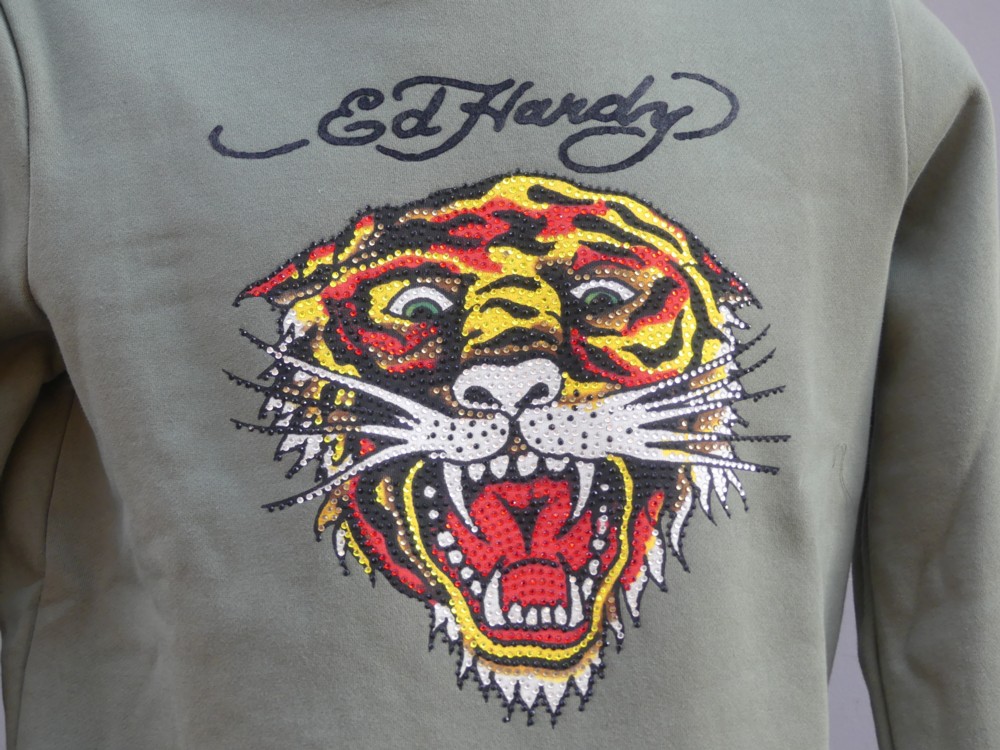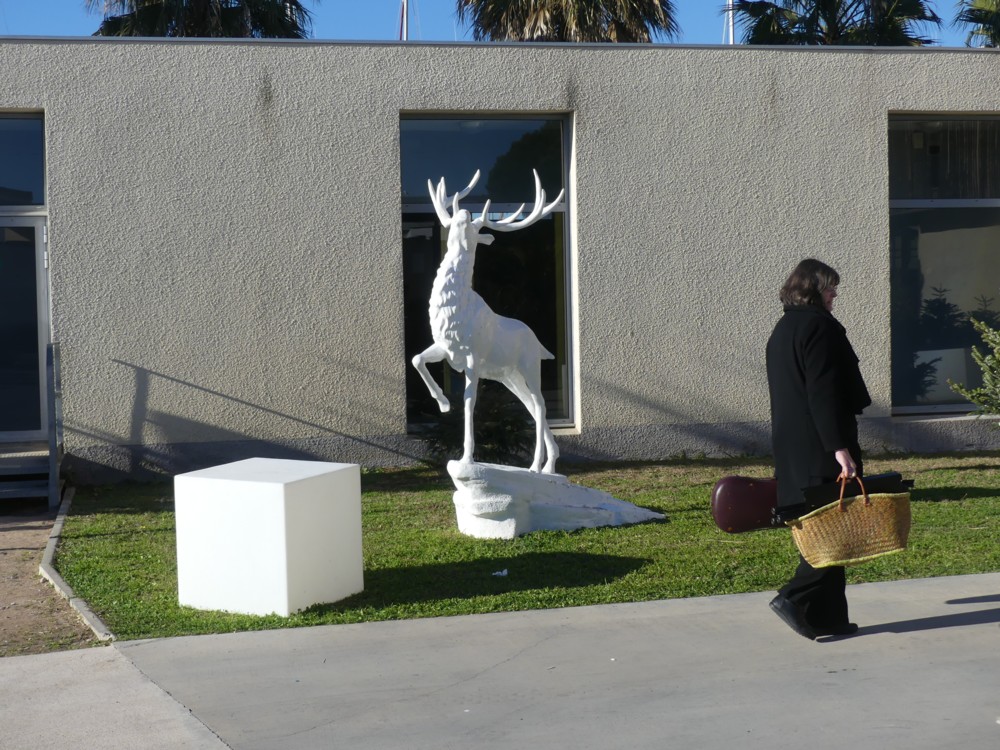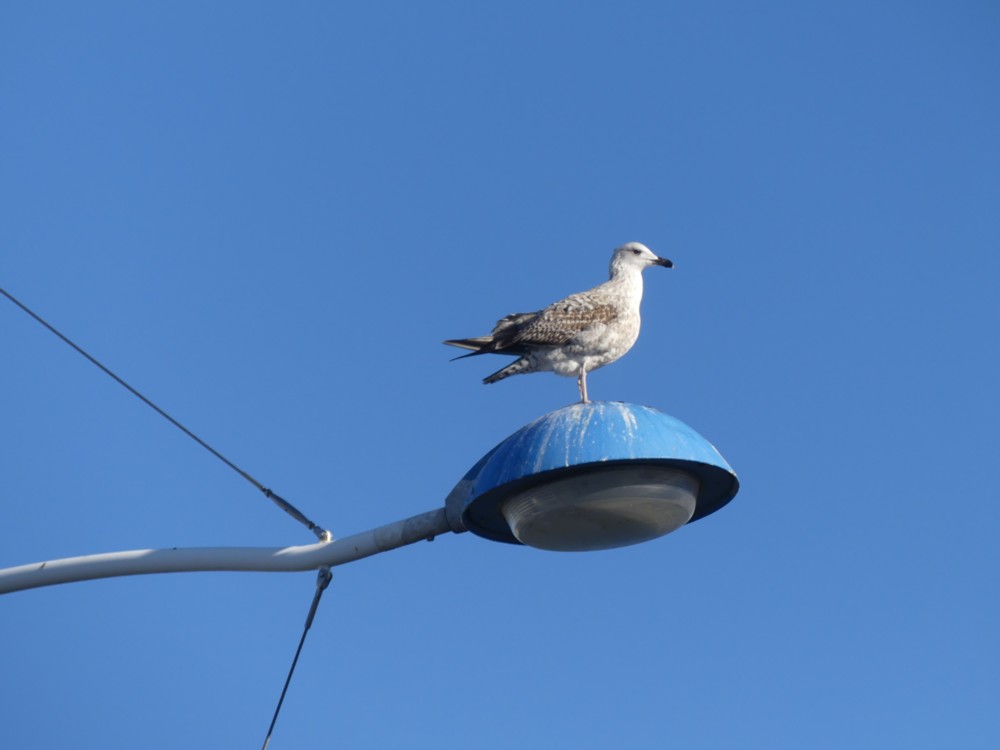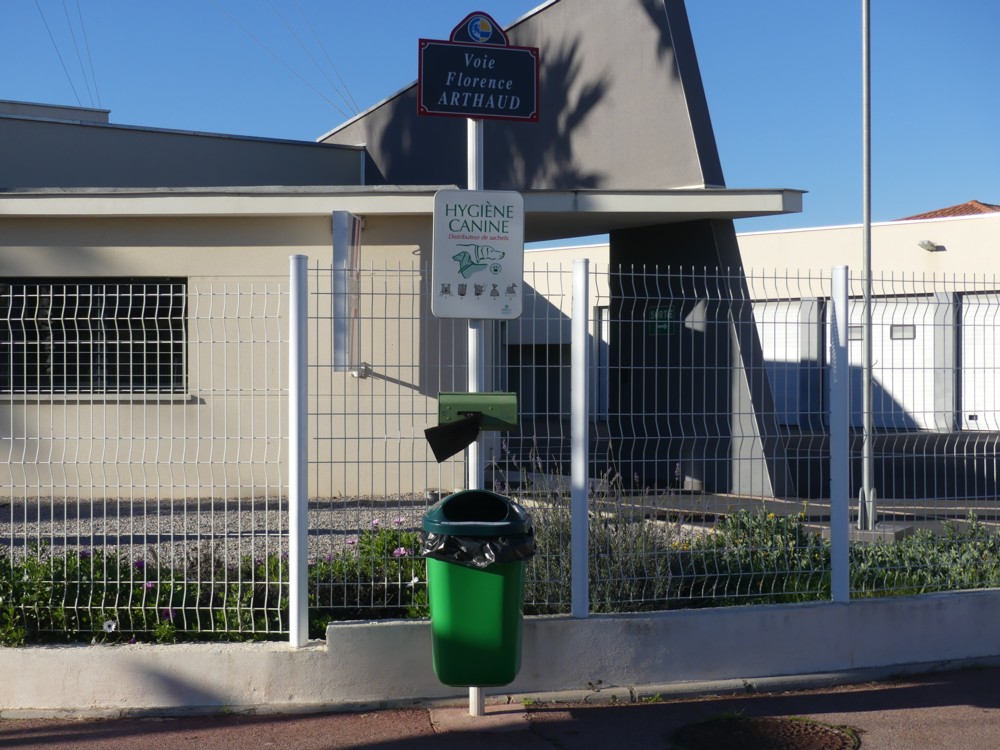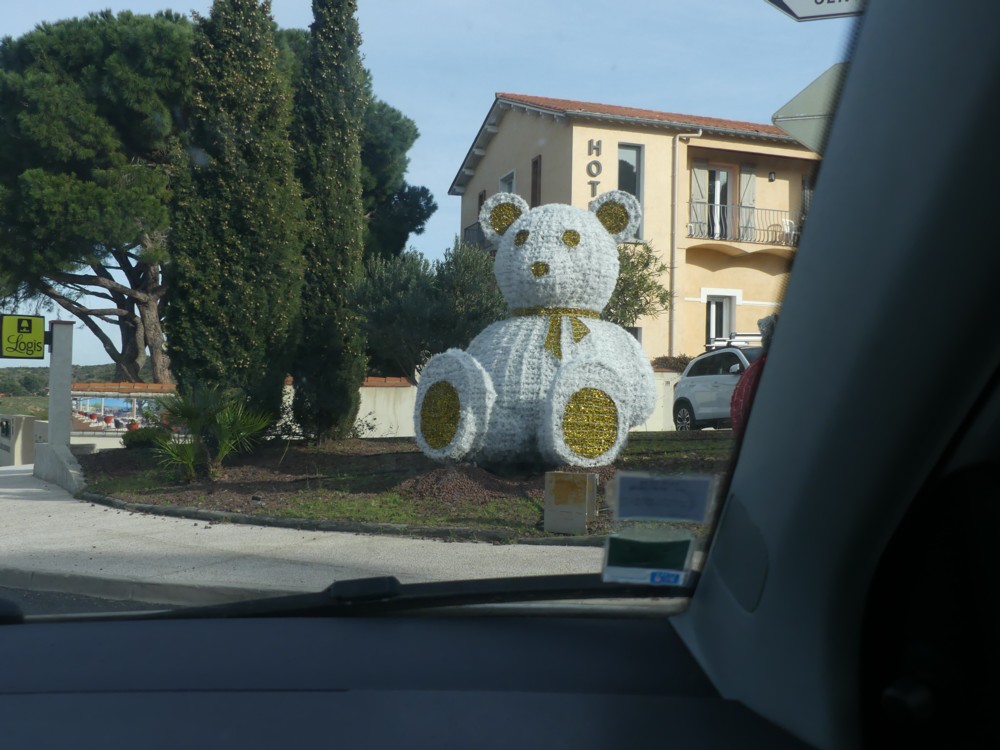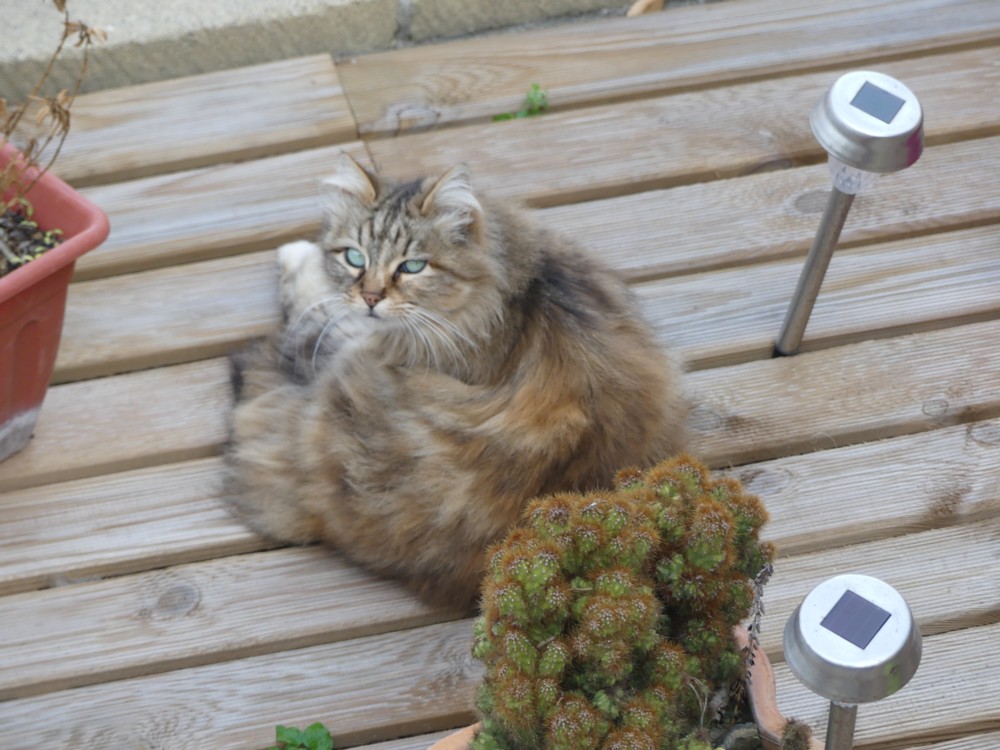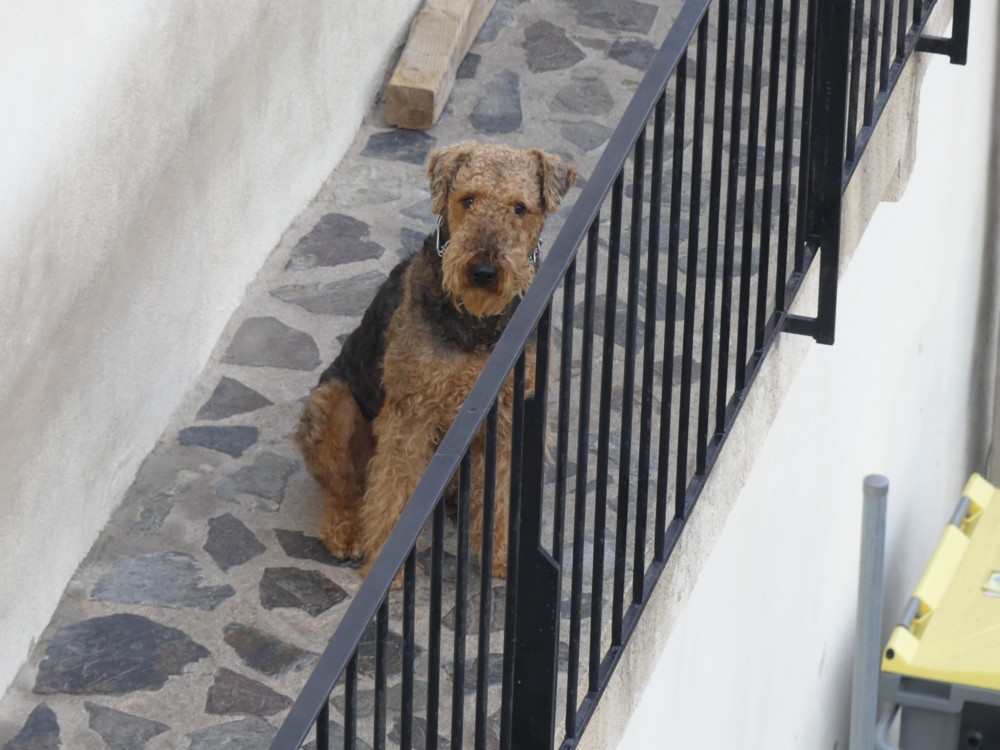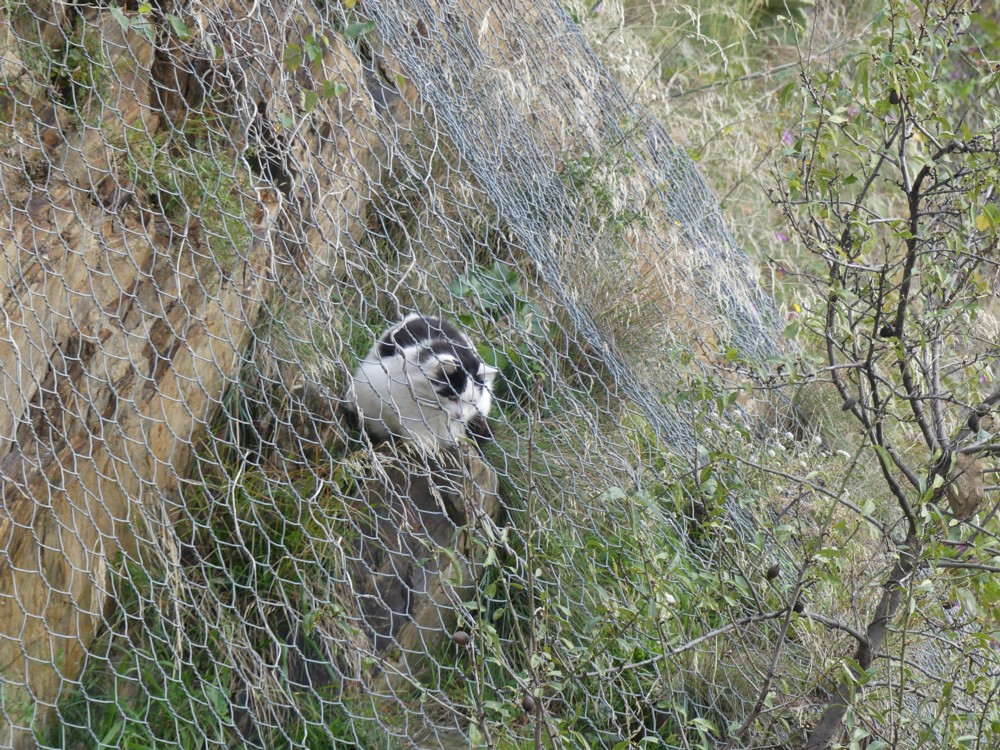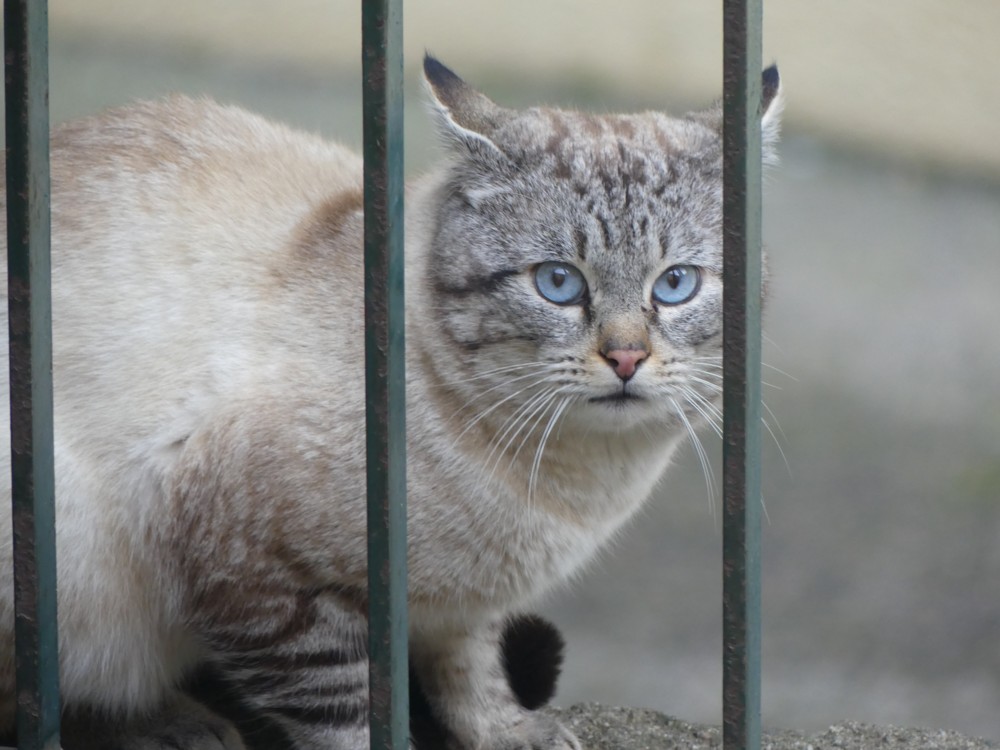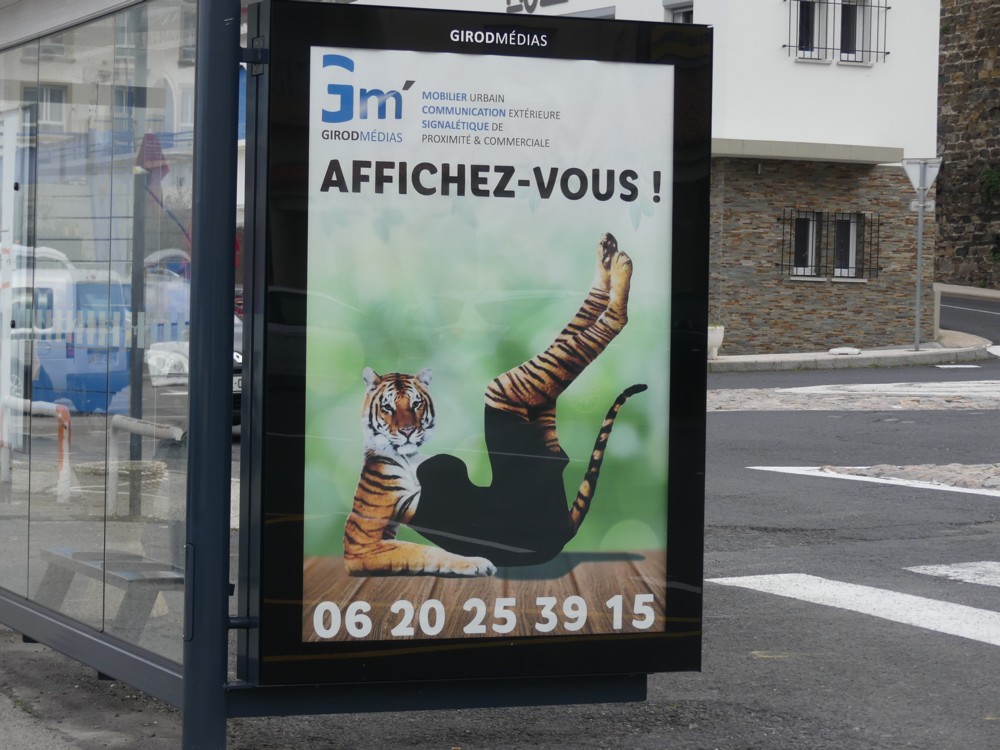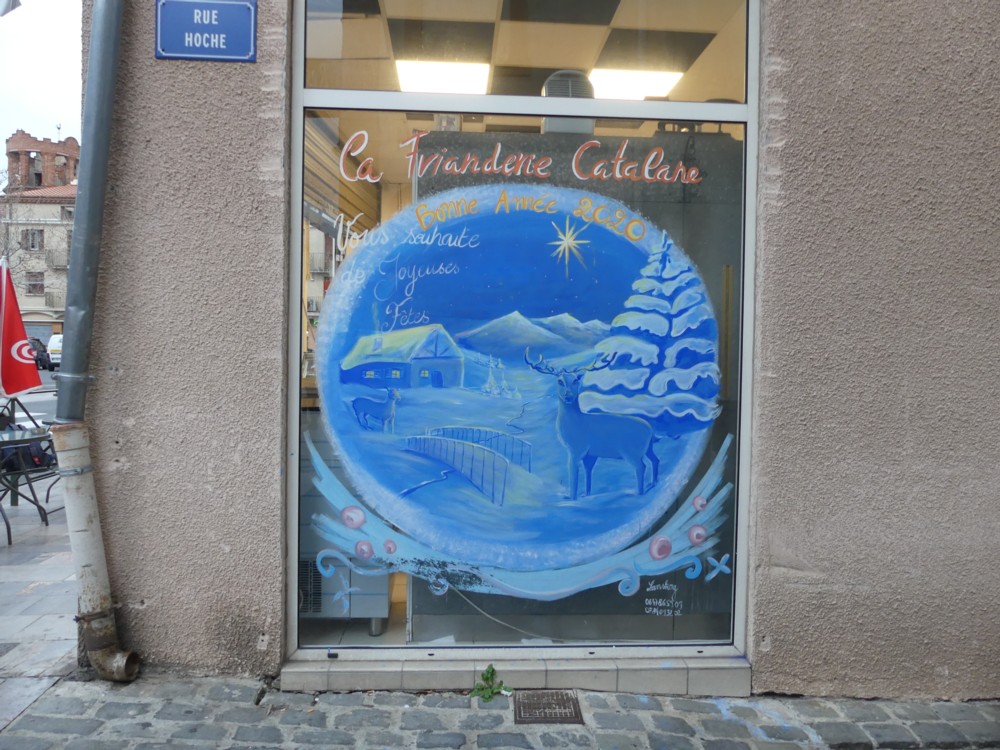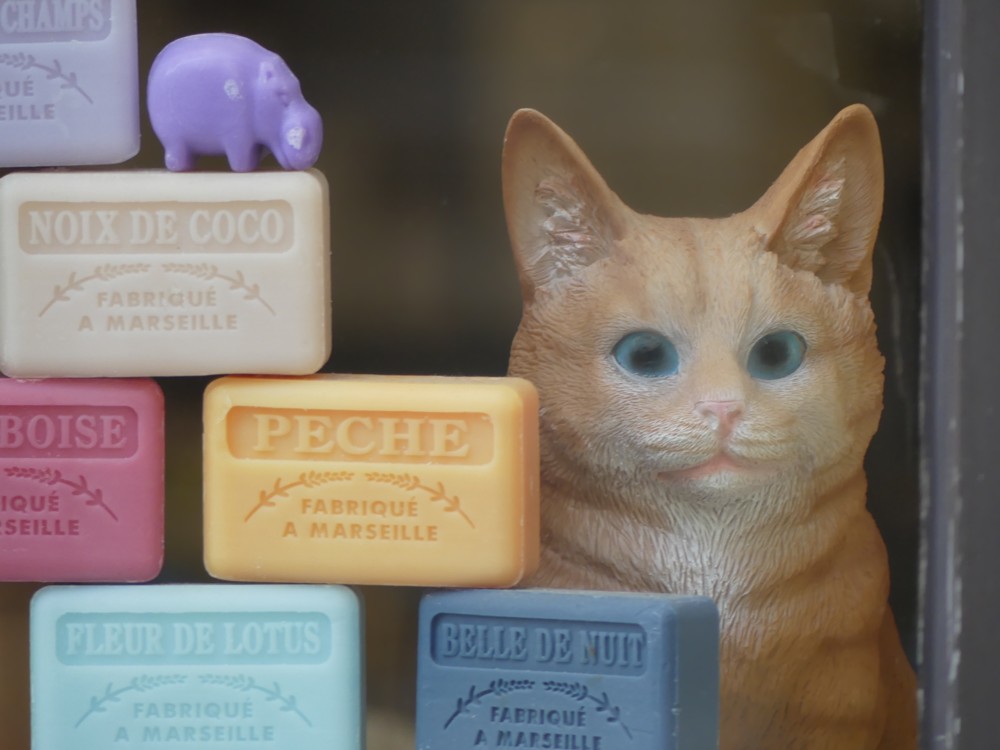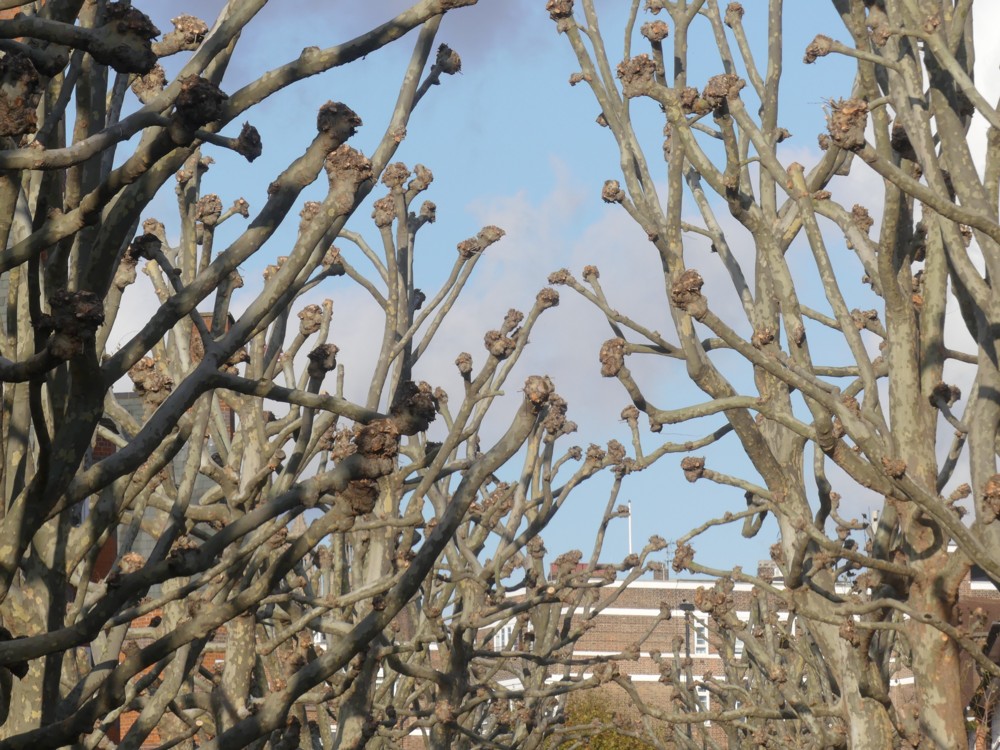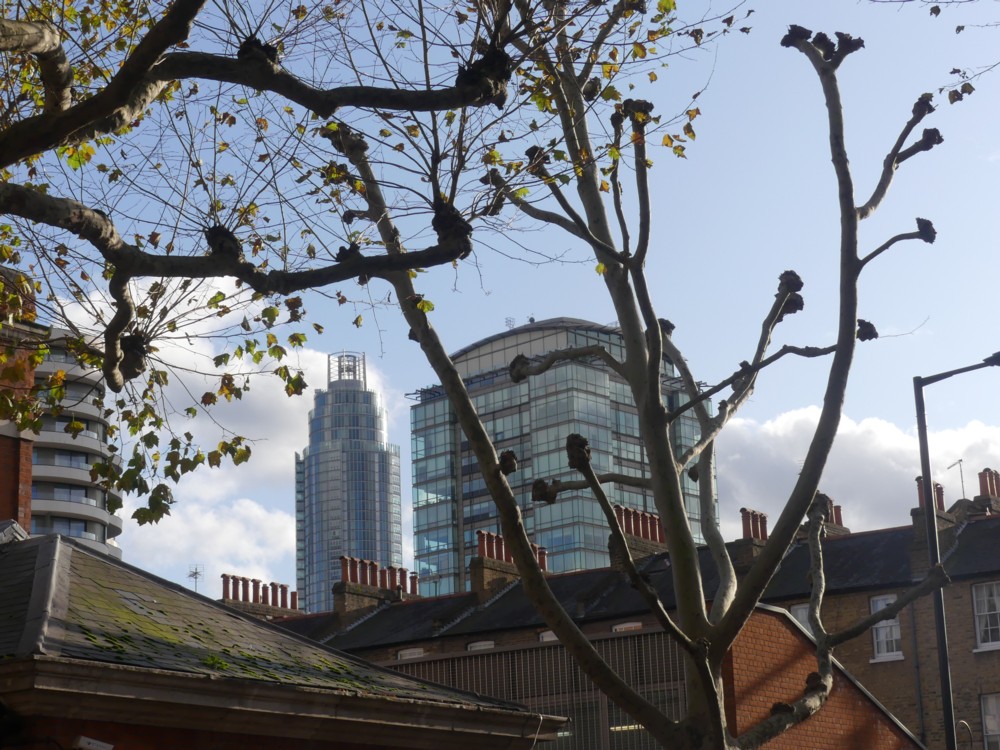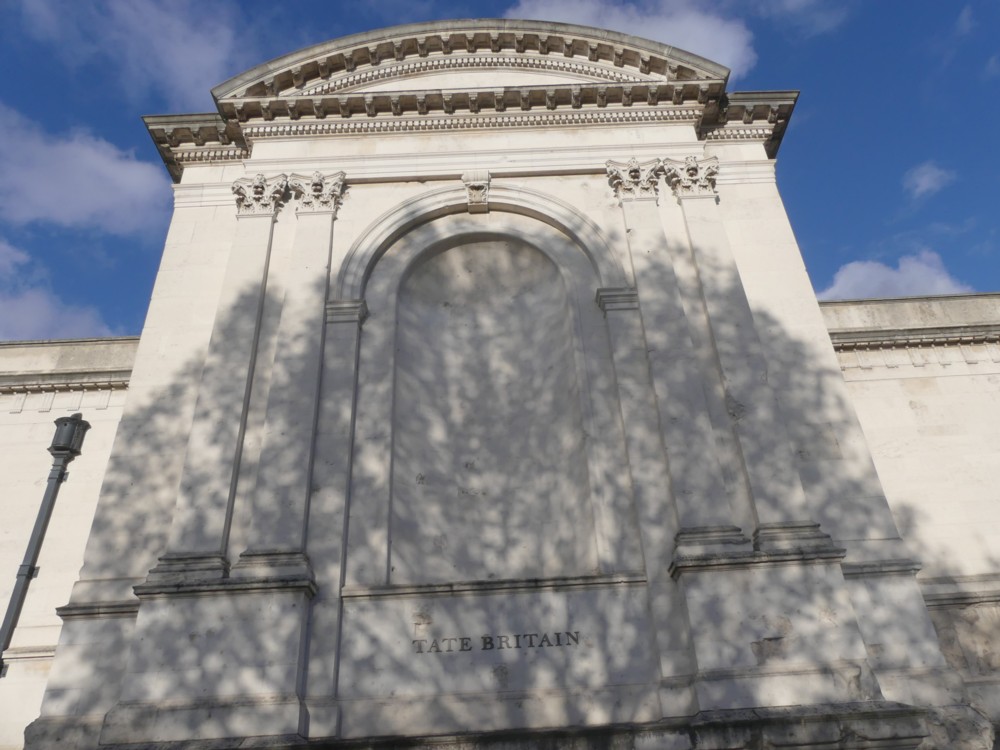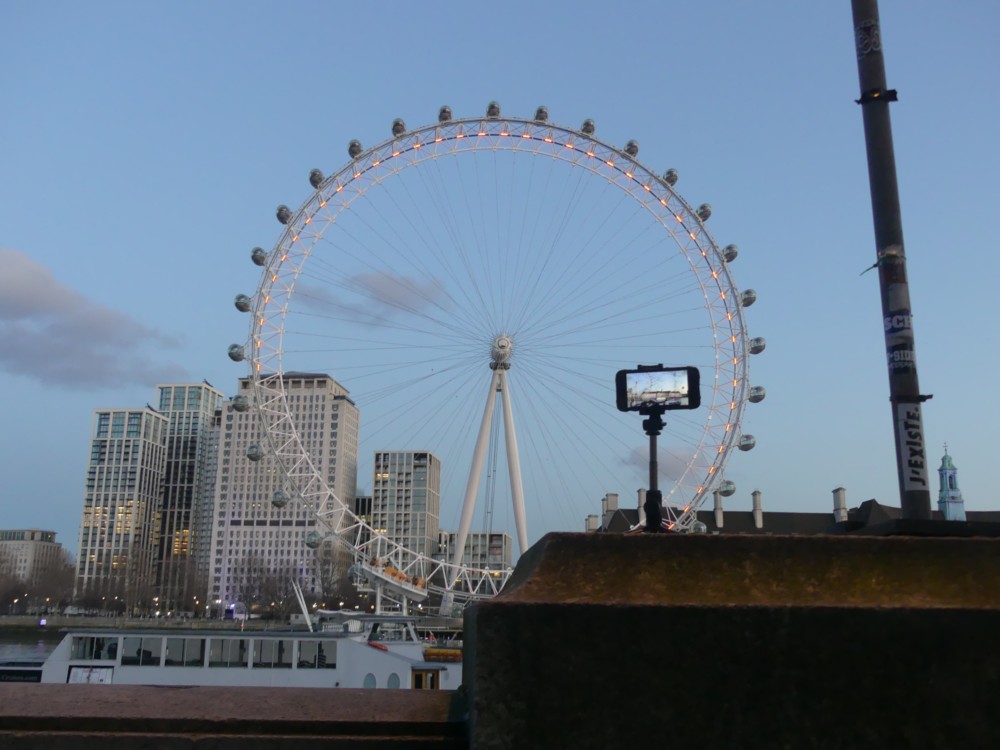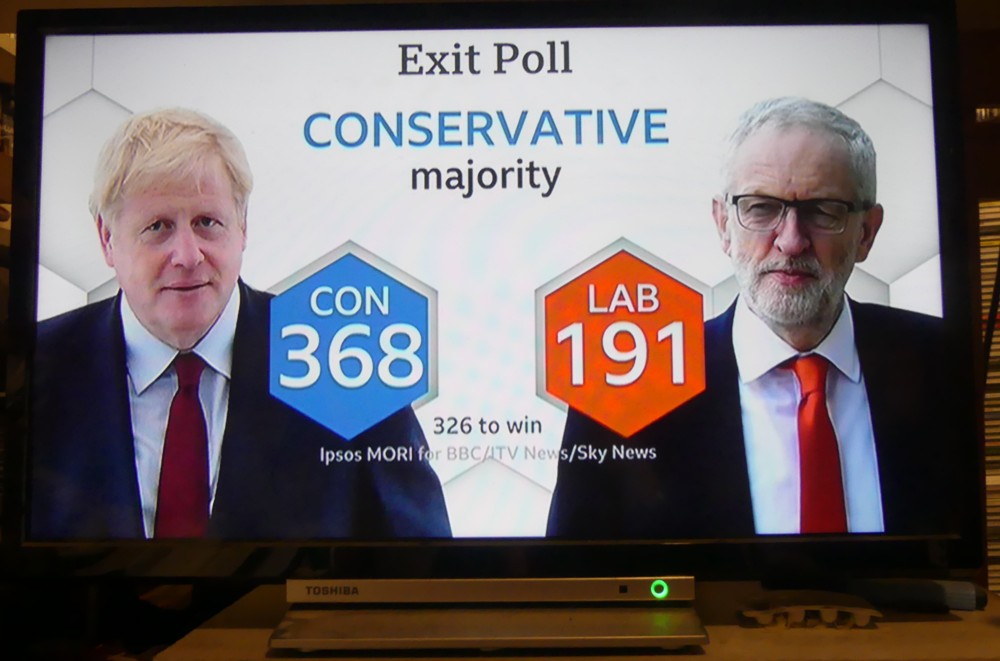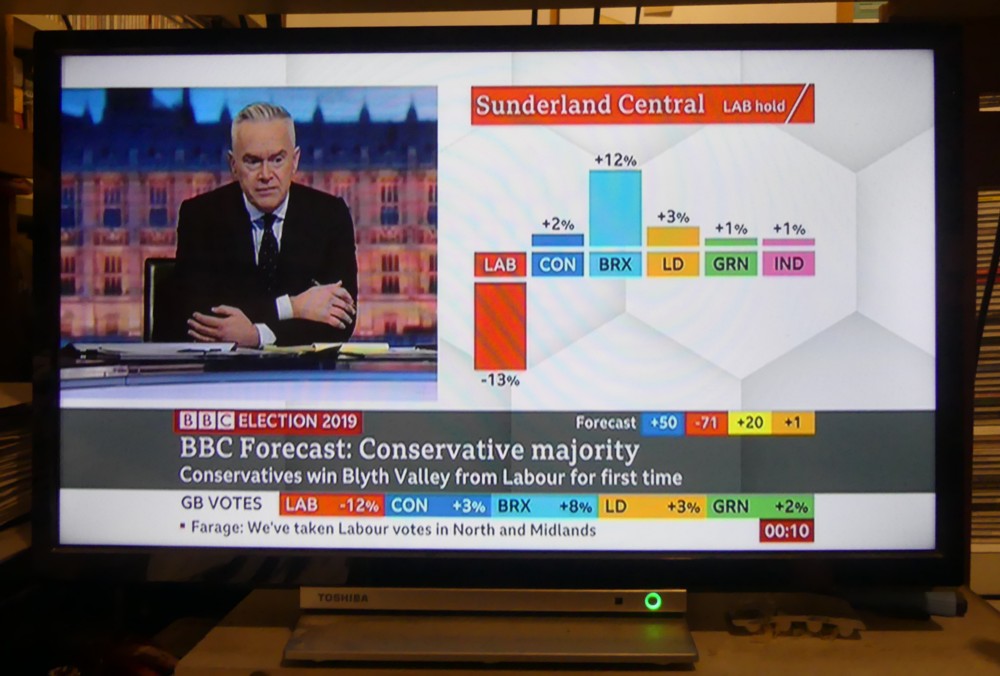Happy Birthday is the worse song there is, because you only ever hear it sung by people who would never, never otherwise attempt choral singing. But this song, they do attempt, with a combination of extreme shitness and the excruciating embarrassment that comes with everyone knowing that they are perpetrating extreme shitness upon one another. This ghastly song reaches its nadir of ghastliness with that high note towards the end: Happy Birthday dear … whoever. Ghastly. Totally, totally ghastly. I have never heard Happy Birthday not sung ghastlily.
And then came last night. Last night I attended GodDaughter2’s birthday party, here. GodDaughter2 is studying how to sing, at the Royal College of Music, and so were the majority of those also present at the party. Oh, there were some civilians present, but the heart of it was singers. So there I was just sitting there, spouting rubbish to some poor defenceless singer, who had to listen to me because I am GodDaughter2’s Godfather, when, guess what: Happy Birthday starts up, behind me. I do not turn to look, thank goodness, because I am a very poor judge of singing when I am looking at it being sung. I just listen. And as soon as it gets under way, I realise that, for once, the Happy Birthday bit at the end is going to be sung not just non-shittily, but actually well, really well. So I don’t just enjoy that bit when it finally arrives, I am able to relish beforehand how good it was going to be. It was the opposite, in other words, of how Happy Birthday usually happens, when all present know beforehand how shit it will be, especially the last bit. and then have to listen to how shit that last bit especially duly is.
So Happy Birthday last night was … well, St Matthew Passion, eat your heart out. It was glorious. The high note was nailed to perfection by all who attempted it, and there were also harmonies. And I did not see this coming. I had forgotten all about Happy Birthday. It all happened in a rush. And when something that is usually ghastly is instead glorious, the glory is at least twice as glorious.
The entire party was, so far as I could judge after one champagne and two pints of lager (to get how that would be for you, multiply by three – I have a low alcohol threshold): really good. But even if the only thing about it that was good had been Happy Birthday, it would still have been great to have been there.


